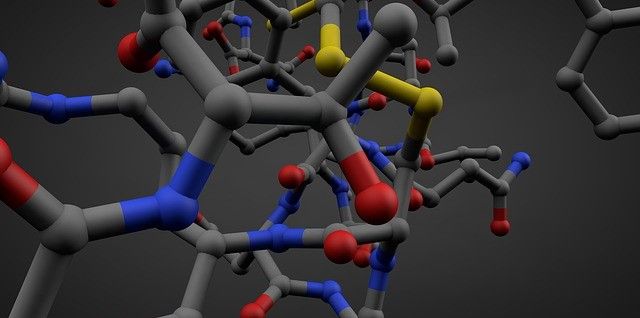A Simple Nanotechnology for Modifying Industrial Polymers
A novel nanotechnology process allows alternative polymer functionalities by controlling structure instead of polymer chemistry.

Polymer technology took a huge leap forward recently with the development of a technique that allows for the manufacture of soft polymer materials by fine tuning the structure at the nanoscale.
While nanotechnology’s ability to influence polymer construction and properties is well known, this approach to adjusting the morphology of a material into dozens of different forms, each with different benefits could have a massive influence in industry.

“This advance is important because the technique can be used with a wide variety of polymers and biopolymers,” explains Orlin Velev, the author of the study and a professor at North Carolina State University. “Since the morphology of these polymeric micro- and nanostructures is critical for their applications, it allows us to obtain new polymer functionalities by simply controlling structure instead of polymer chemistry.”
While the science at the nanoscale is complex, the process should be easily transferable to an industrial scale as all of the different morphologies are created via the well-known process of polymer precipitation. Simply put, it is a process whereby a polymer is dissolved in a solvent, this polymer solution is then added into a second liquid, which returns the polymer back into a soft matter.
The discovery is based on the novel adjustment of three sets of parameters during the manufacturing process.
· Shear rate: how quickly liquids are stirred when they are mixed together.
· Concentration: the density of polymer in solution.
· Composition: the blend of the solvent that the polymer was initially dissolved in, as well as the composition of the liquid that the polymer solution is added to.
“We identified the critical parameters that affect the final morphology of the polymeric materials, which in turn gives us a great deal of control and versatility” says Rachel Bang, the research’s first author. “Because we now understand the role of each of these factors and how they all influence each other, we can reproducibly fine-tune the polymeric particle morphology.”
It is an approach with a broad range of applications, allowing for the modification of plastics, biopolymers, food proteins, membranes for growing live cells, polymers for use as separators in lithium-ion batteries, or polymer raw materials for hydrophobic and hydrophilic coatings.
“We are also working with collaborators to explore how our technique can be used to produce biopolymer-based materials for use in biodegradable soft electronics,” says Velev. “We are open to working with additional collaborators to explore potential applications for the polymers and biopolymers across all of these morphologies.”
Due to the inherent simplicity of this novel nanotechnology-polymer process, it is highly likely to be suitable at an industrial scale.
“Our technique is based on mixing liquids using conventional mixers,” says co-author Prof. Simeon Stoyanov, “[so] it can be easily scaled up for practical manufacturing.”

While nanotechnology has been influencing the plastics industry for many years, this breakthrough has the potential to greatly expand the possibilities of how nanoscale manipulation of polymers can be turned into new industrial practises.
As Velev concludes, “Even though we have demonstrated how to produce a dozen different morphologies, we are still in the early stages of exploring all of the possible outcomes and applications.”
These are evidently exciting times for combining polymer manufacturing and nanotechnology.
If you would like to know more about how nanotechnology can influence polymer products, including how to create a bespoke nanotechnology to provide new properties for your polymer products, visit Polymer Nano Centrum or contact info@polymernanocentrum.cz
Photo credit: Mohamed Hassan from Pixabay, Zeeshan Ahmad, & FLY:D on Unsplash

